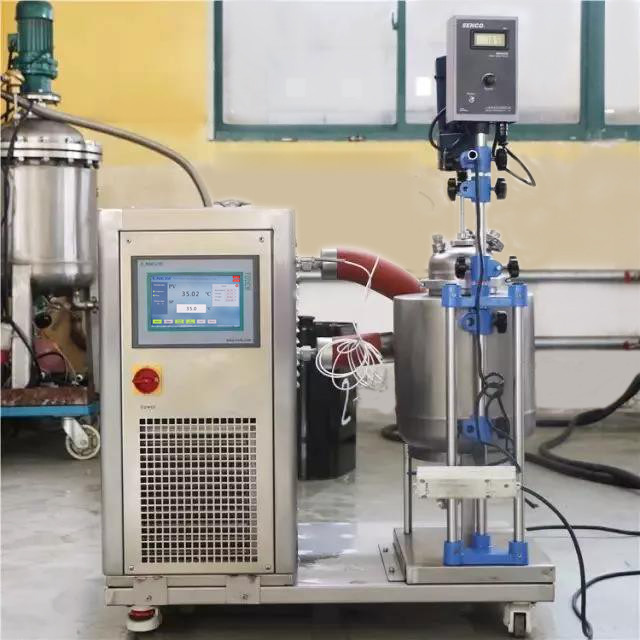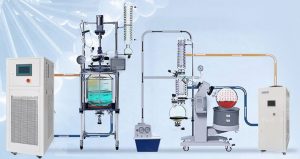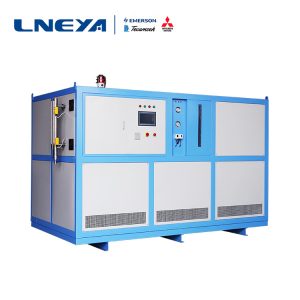Operation method of reaction kettle for circulating heating device
The laboratory single-layer glass reactor equipped with the circulating heating device can place a flask containing the reaction solvent on the inner layer for stirring reaction, and the interlayer can realize constant temperature heating and constant temperature cooling reaction through the circulation of solutes such as freezing liquid, water and heat transfer oil. During the reaction process, the distillation and reflux speed of various solvents can be controlled to observe the corresponding data. In addition to the single-layer reaction kettle, there is also a double-layer glass kettle, which is more convenient to use. It is mostly used in the research and development and production of modern chemical synthesis, biopharmaceuticals and new materials.

The user who purchases the single-layer glass reactor for the circulating heating device should first check whether the power supply voltage is consistent with the calibrated voltage of the instrument before using it, plug in the power supply and turn on the power switch on the inverter, and use the speed control button to select the appropriate Speed, but also pay attention to whether the speed displayed on the screen is consistent. During the process of solution plumbing, it will form a synergistic resonance with the rotation direction of the motor. Please adjust the motor speed appropriately to avoid resonance. After installing the stirring rod inside the instrument, you must first rotate it by hand, pay attention to whether the verticality is good, if you feel the verticality is not good, you should adjust it immediately, then turn on the power, and adjust in order from slow to fast. The maximum moving distance of the stirring rod after the equipment is installed is 5cm. If necessary, the adjustable wrench can be used to move it up and down.
The reactor equipped with the circulating heating device is heated by heat-conducting oil, the high heat cannot exceed 1K, and try not to choose steam heating. However, under low temperature conditions, the bottom discharge valve will be frosted. When using this valve, it must be used without thawing to avoid damage to the glass during forced use.
If the reactor material is solid, some may remain on the valve piston during discharging, which will affect the sealing performance during use, so be sure to observe it after discharging. The glass reactor also has certain requirements for the viscosity of the material, the best viscosity is between 50-100, and the experimental effect of higher viscosity will not be too good.
The glass reactor must be added with reaction materials before use, and the user may wish to dry the materials, after which the equipment is scrapped.
Related recommendations
-
What instruments can the LNEYA Laboratory Recirculating Chiller assist with?
907Laboratory recirculating chillers have a wide range of applications in scientific research and industrial production, providing precise temperature control for various experiments and instruments. The following are some common scenarios an...
View details -
Cooling method for laboratory evaporative instruments in operation
962Choosing the right cooling method for an evaporation experiment can have an unimaginable impact on overall system performance, economy, and efficiency. It is necessary to purchase cooling water circulation machine as supporting equipment. When pu...
View details -
How to buy a laboratory chiller and maintenance knowledge?
959Laboratory chillers are products that provide constant temperature cold sources in industry and laboratories. If they cannot provide accurate cooling capacity, it will affect the operation of the equipment. Therefore, the laboratory chiller should...
View details -
Instructions for the LNEYA 5hp Freezer Condenser
11795hp freezer is one of the most demanding equipments in the industrial cold processing industry. Wuxi Guanya (LNEYA) is one of the related manufacturers, reminding users that when choosing a 5hp freezer condenser, we need to pay attention to the us...
View details
 LNEYA Industrial Chillers Manufacturer Supplier
LNEYA Industrial Chillers Manufacturer Supplier












